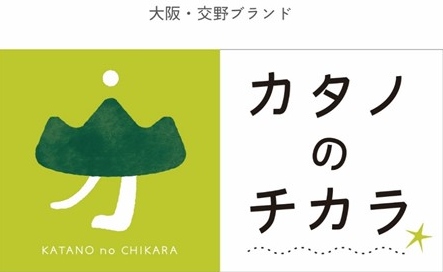Since Kamakura Bakufu (the Kamakura Shogunate) in 1192, the Samurai class with armed power had played a central role of politics instead of nobles. In addition, Buddism disseminated among Samurai although it was the religion for nobles in the Heian period. In Katano, for example, many temples such as Iwakura Kaigen Ji in Kuraji, Hachiyorenge Ji in Boji, Shishikutsu Ji in Kisaichi, and Komatsu Dera in Hoshida were built by Samurai’s donation.
Amidanyorai Ritsuzo in Hachiyo Renge Ji was a work of Kaikei who made a Buddist statue in Todai Ji (Nara).
Various tiles for roofs were found from the remains in Katano. The pattern of the tiles is quite similar to ones made in Nara. It is widely thought that tile-makers from Nara made roof tiles in Katano.
Kamakura potteries found from the Jinguji Iseki and the Ariike Iseki tell us that people of Katano in the Kamakura period used potteries made in Aichi and Okayama. They also used celadons.
The Muromachi Shogunate started in the middle of 15 century and introduced a new political system, in which powerful commanders (Yuryoku Busho) were designated as ‘Shugo Daimyo’. ‘Shugo Daimyos’ had responsibilities to manage provinces such as Kawachi no Kuni and Suruga no Kuni and to collect taxes instead of the Muromachi Shogunate. Katano’s Shugo Daimyo was the Hatakeyama. But, in fact, Katano was controlled by the Yasumi, who was the Hatakeyama’s deputy (called ‘Shugo Dai’), as the Hatakeyama had to manage separate states as ‘Shugo Daimyo’. The Yasumi allegedly resided in the Kisabe Castle and managed Katano.
In the Muromachi period, furthermore, tea leaves were grown as a special local product of Katano. Kotsuji (the Kotsuji Temple), which was established in the beginning of the Muromachi period, made the imperial court a present of Katano’s tea leaves.
Go on to Chapter5 The Kisabe Castle

